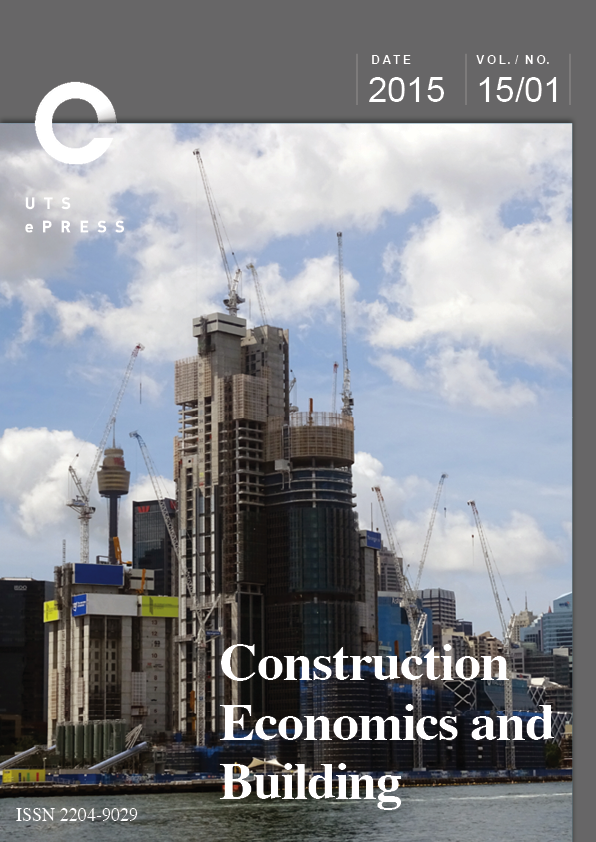Monitoring Customer Perceived Service Quality and Satisfaction during the Construction Process
Main Article Content
Abstract
Service quality has been studied across many construction related disciplines but little has been done concerning how it effects customer satisfaction during the day-to-day dynamics of onsite construction services. The research explores this setting in Australian housing construction projects. A highly detailed single case study methodology was used with a view to facilitating theory development for a targeted customer type displaying service quality oriented expectations, high involvement, but low construction experience. Gaps scores for perceived service quality and customer satisfaction were systematically monitored during construction. Concurrently, interviews were used to obtain incident data linked to the scoring data. It was found that service incidents, service quality and customer satisfaction were linked at each stage of construction. Related aspects included the ratio between positive and negative incidents; a saturation point regarding negative incidents; and an end of process/product realisation factor. The importance of identifying active service quality dimensions during construction was identified (especially reliability and care in execution of work). An incident coding structure was developed whereby frequently recurring incident features included spontaneous situations, site observations, personal interaction, subcontractor involvement, progressive product quality, progressive construction activity and defensive customer action. The research recommends that construction contractors aim to control the above features by creating orchestrated incidents and controlling exposure to perceptions via fast and seamless onsite construction.
Paper type: Research article
Article Details
Section
Authors who publish with this journal agree to the following terms:
a) Authors retain copyright and grant the journal right of first publication with the work simultaneously licensed under a Creative Commons Attribution License that allows others to share and adapt the work with an acknowledgement of the work's authorship and initial publication in this journal.
b) Authors are able to enter into separate, additional contractual arrangements for the non-exclusive distribution of the journal's published version of the work (e.g., post it to an institutional repository or publish it in a book), with an acknowledgement of its initial publication in this journal.
c) Authors are permitted and encouraged to post their work online (e.g., in institutional repositories or on their website) prior to and during the submission process, as it can lead to productive exchanges, as well as earlier and greater citation of published work (See The Open Access Citation Advantage Service). Where authors include such a work in an institutional repository or on their website (ie. a copy of a work which has been published in a UTS ePRESS journal, or a pre-print or post-print version of that work), we request that they include a statement that acknowledges the UTS ePRESS publication including the name of the journal, the volume number and a web-link to the journal item.
d) Authors should be aware that the Creative Commons Attribution (CC-BY) License permits readers to share (copy and redistribute the work in any medium or format) and adapt (remix, transform, and build upon the work) for any purpose, even commercially, provided they also give appropriate credit to the work, provide a link to the license, and indicate if changes were made. They may do these things in any reasonable manner, but not in any way that suggests you or your publisher endorses their use.
